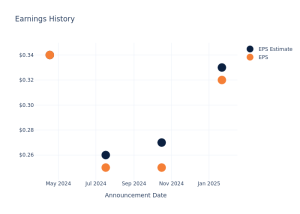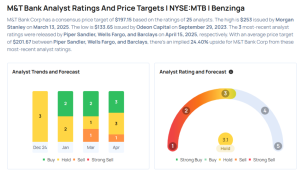
SmartAsset and Yahoo Finance LLC may earn commission or revenue through links in the content below.
Required minimum distributions, or “RMDs,” are a tax law that every retiree needs to understand.
Specifically, under the RMD law you can’t just leave your money in place indefinitely. You need to start taking withdrawals from qualifying pre-tax retirement accounts starting at age 73, and you need to pay taxes on that money. So it’s important to make a plan for how you will manage all of this. Among other issues, you should make sure to plan for tax payments, asset balancing and managing the money you’ve withdrawn.
For example, let’s say that you’re 76 years old with $460,000 in a 401(k) account. How should you handle the required minimum distributions on this account? Here are a few things to think about. And for personalized guidance, consider using this free tool to match with up to three fiduciary financial advisors.
The first thing to remember about required minimum distributions is that they are, as the name suggests, required. In our example here, you are 76 years old, which means this isn’t your first year taking RMDs.
If you have not been taking your RMDs already, you will owe a tax penalty worth 25% of the amount you did not withdraw. For example, say you had a $10,000 RMD last year and only withdrew $4,000 from your 401(k). You would owe a tax penalty of $1,500 ($10,000 required – $4,000 taken = $6,000 under-withdrawal * 0.25 penalty).
You can reduce this tax penalty to 10% if you correct the mistake within 2 years. In this case you should use Form 5329 to notify the IRS that you have withdrawn the required amount. You can also use Form 5329 appeal for a waiver of all penalties, which the IRS can grant at its discretion if you demonstrate that your under-withdrawal was the result of mistake, good-faith error, or circumstances outside your control.
Beyond that, you can structure your RMD withdrawals at your discretion. You must have the full amount withdrawn by December 31 of the year in question. During the year, however, you can take these withdrawals in any amount, at any time. Depending on how your portfolio is structured, you may not even have to sell assets if you can simply transfer your securities out of the pre-tax portfolio and into a taxed account. A financial advisor can help you determine your RMD amount and develop an appropriate strategy based on your goals. The rules are nuanced and may vary depending your age.
Here, you’re 76 with $460,000 in your 401(k). This means you will need to withdraw approximately $19,409 by the end of the year. The next thing on your radar should be taxes.


